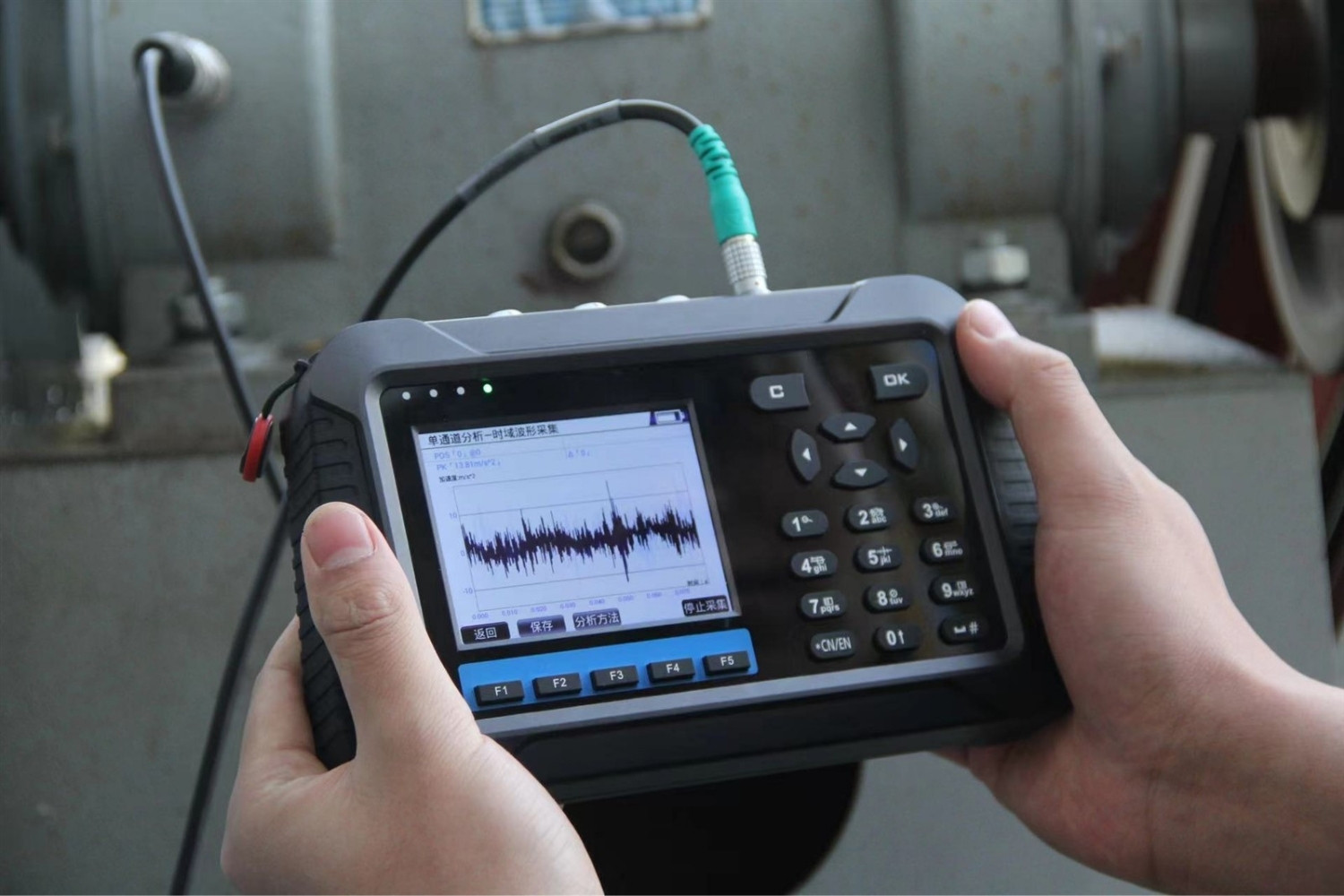
What is a vibration analyzer? A vibration analyzer is a tool used to measure and assess vibrations in machinery. These devices help detect imbalances, misalignments, and other mechanical issues before they become serious problems. By analyzing vibration data, maintenance teams can predict equipment failures and plan timely interventions. This proactive approach saves time, reduces costs, and extends the lifespan of machinery. Vibration analyzers come in various forms, from handheld devices to complex systems integrated into industrial setups. They are essential in industries like manufacturing, automotive, and aerospace, where machinery health is critical. Understanding how these tools work can significantly improve operational efficiency and safety.
What is a Vibration Analyzer?
A vibration analyzer is a tool used to measure and analyze the vibrations of machinery and equipment. These devices help in identifying potential issues before they become major problems. Understanding the importance and functionality of vibration analyzers can save time, money, and ensure safety.
- Vibration analyzers can detect imbalances in machinery, which can prevent costly breakdowns.
- They measure the frequency and amplitude of vibrations, providing detailed insights into machine health.
- Portable vibration analyzers are available, making it easier to conduct on-site inspections.
- These devices can be used in various industries, including manufacturing, automotive, and aerospace.
- Wireless vibration analyzers offer the convenience of remote monitoring.
How Does a Vibration Analyzer Work?
Understanding the working mechanism of a vibration analyzer can help in better utilization and maintenance of machinery. These devices use sensors to capture vibration data, which is then analyzed to identify any irregularities.
- Accelerometers are commonly used sensors in vibration analyzers to measure acceleration forces.
- The data collected is often displayed in the form of a spectrum, showing different vibration frequencies.
- FFT (Fast Fourier Transform) is a mathematical algorithm used to convert time-domain data into frequency-domain data.
- Some analyzers come with built-in software for real-time analysis and reporting.
- Data logging capabilities allow for long-term monitoring and trend analysis.
Benefits of Using a Vibration Analyzer
Using a vibration analyzer offers numerous benefits, from improving machine efficiency to enhancing safety. Here are some key advantages:
- Early detection of potential issues can prevent unexpected downtime.
- Improved machine performance by identifying and rectifying imbalances or misalignments.
- Cost savings by reducing the need for emergency repairs and extending the lifespan of machinery.
- Enhances workplace safety by identifying hazardous conditions before they lead to accidents.
- Energy efficiency can be improved by ensuring machines are operating optimally.
Types of Vibration Analyzers
There are various types of vibration analyzers, each designed for specific applications and requirements. Knowing the different types can help in selecting the right tool for the job.
- Single-channel analyzers are suitable for basic vibration measurements.
- Multi-channel analyzers can measure vibrations at multiple points simultaneously.
- Handheld analyzers are portable and easy to use for quick inspections.
- Online vibration monitoring systems provide continuous monitoring and real-time alerts.
- Ex-proof analyzers are designed for use in hazardous environments.
Common Applications of Vibration Analyzers
Vibration analyzers are versatile tools used in various applications across different industries. Here are some common uses:
- Predictive maintenance in manufacturing plants to avoid unexpected machinery failures.
- Quality control in production lines to ensure products meet required standards.
- Automotive industry for testing and diagnosing vehicle components.
- Aerospace industry for monitoring the health of aircraft engines and other critical parts.
- Energy sector for maintaining the efficiency of turbines and generators.
Key Features to Look for in a Vibration Analyzer
When choosing a vibration analyzer, certain features can enhance its functionality and ease of use. Here are some important features to consider:
- High-frequency range to capture a wide spectrum of vibrations.
- Data storage capacity for long-term monitoring and analysis.
- User-friendly interface for easy operation and data interpretation.
- Durability to withstand harsh industrial environments.
- Compatibility with various sensors and accessories for versatile use.
Challenges in Using Vibration Analyzers
While vibration analyzers are highly beneficial, there are some challenges associated with their use. Being aware of these can help in better handling and maintenance.
- Calibration is essential for accurate measurements, which can be time-consuming.
- Interpreting data requires expertise and experience.
- Initial cost of high-quality analyzers can be significant.
- Environmental factors like temperature and humidity can affect readings.
- Maintenance of the device itself is necessary to ensure longevity and accuracy.
Future Trends in Vibration Analysis
The field of vibration analysis is continually evolving with advancements in technology. Here are some trends to watch out for:
- AI and machine learning are being integrated to provide more accurate and predictive insights.
The Final Beat
Understanding vibration analyzers can save you a ton of headaches. These devices help detect issues in machinery before they become big problems. By monitoring vibrations, you can spot wear and tear early, preventing costly repairs and downtime.
Vibration analyzers are essential in industries like manufacturing, aviation, and even in your car. They ensure everything runs smoothly and safely. With advancements in technology, these tools are becoming more accurate and user-friendly.
Investing in a good vibration analyzer can extend the life of your equipment and improve overall efficiency. It's a small step that can lead to significant savings and peace of mind. So, whether you're a professional or a hobbyist, understanding and using these tools can make a big difference. Keep your machines humming and your operations running smoothly with the right vibration analysis.
Was this page helpful?
Our commitment to delivering trustworthy and engaging content is at the heart of what we do. Each fact on our site is contributed by real users like you, bringing a wealth of diverse insights and information. To ensure the highest standards of accuracy and reliability, our dedicated editors meticulously review each submission. This process guarantees that the facts we share are not only fascinating but also credible. Trust in our commitment to quality and authenticity as you explore and learn with us.
